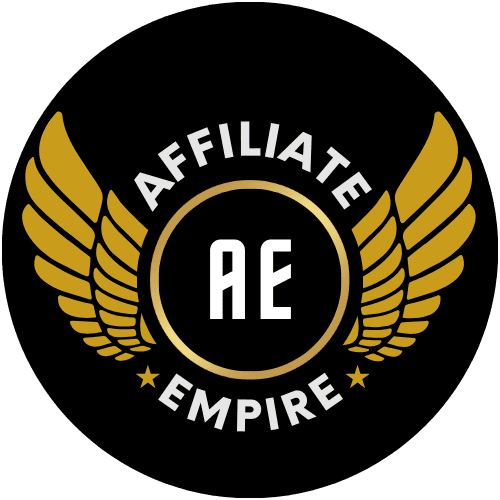
In today’s digital age, leveraging your knowledge and skills to create an online course can be a transformative way to generate passive income. Online courses offer the allure of scalability and the potential for ongoing earnings without the constant need for direct time investment. Whether you’re an expert in web development, digital marketing, or even bread-making, there’s an audience eager to learn from you. By tapping into this demand, you can create a substantial income stream that works even while you sleep.
Identifying Your Niche
The first step in setting up a successful online course is identifying the right niche. Your niche should ideally intersect your areas of expertise, your passions, and market demand. Start by listing topics you are knowledgeable and enthusiastic about and then research potential market interest. Tools like Google Trends, keyword research, and social media platforms can provide insights into what people are searching for and discussing. Additionally, checking platforms where courses are already being sold, such as Udemy or Coursera, can help you understand what’s popular and identify gaps in the market.
Planning Your Course Content
After pinpointing your niche, the next step is to plan your course content meticulously. This phase involves structuring your course into clear, manageable segments that will guide your students through the learning process effectively. Start by defining the overall learning outcomes—what skills or knowledge will the students gain by the end of the course? Break down the course into modules and then into individual lessons. Each module should cover a specific part of your overall topic, and each lesson should contribute to the module’s goal.

Creating Engaging Content
With a solid plan in place, the focus shifts to creating engaging and high-quality content. The effectiveness of your course heavily depends on how well you can keep students engaged and committed to completing the course. Diversify your teaching methods by integrating various types of content such as videos, interactive quizzes, and downloadable PDFs. Videos are particularly powerful for demonstrating processes or showcasing step-by-step tutorials, while quizzes can help reinforce learning and maintain engagement.
Invest in good quality recording equipment to ensure your audio and visuals are clear. Also, consider the pacing and style of your presentations—keeping them lively and interactive can significantly enhance the learning experience. Remember, the goal is not just to inform but to inspire and motivate students to apply what they’ve learned.
Setting Up the Technical Aspects
Once your content is ready, it’s time to tackle the technical setup for your online course. This involves selecting the right platform to host your course. There are multiple options available, each with its unique features. Platforms like Teachable, Thinkific, and Kajabi offer great customization and marketing tools, while Udemy and Skillshare can provide a broader audience but less control over pricing and customer interaction. Consider your needs in terms of payment processing, course management, and user experience when making your choice.
Setting up your course involves uploading content, creating an appealing course landing page, and ensuring your payment gateways are secure and reliable. Ensure that the user registration and course access processes are straightforward to minimize technical difficulties for students. Tools like Zapier can help automate workflows between your course platform and other services like email marketing tools or databases.
Marketing Your Course
With your course ready and online, you need to attract students. Effective marketing is crucial for the success of your online course. Start by identifying your target audience and understanding where they spend their time online. Develop a marketing strategy that includes SEO, content marketing, social media engagement, and email marketing.
Create compelling and shareable content that provides value related to your course topic to attract potential students. Utilize lead magnets like free webinars, ebooks, or sample lessons to gather email addresses and build a relationship with your audience. Leverage social proof by gathering testimonials and reviews from early users to enhance credibility. Paid advertising on platforms like Facebook, Instagram, or Google can also drive significant traffic to your course. Tailor your ads to highlight the benefits of your course and include strong calls to action.

Launching Your Course
Your course launch should be an event that attracts attention and encourages sign-ups. Plan a launch strategy that might include a limited-time discount, bonuses for early sign-ups, or exclusive content for the first cohort of students. Consider hosting a launch webinar or live session to drum up excitement and provide a taste of what the course will offer. Ensure everything is technically ready to handle incoming traffic and that customer support channels are open and responsive to handle any issues or questions. The first few days are crucial for gathering momentum and making adjustments based on initial feedback.
Managing and Scaling
After the launch, monitor the performance of your course and gather feedback actively. Use this feedback to refine and improve your course content and delivery. Engage with your students regularly to encourage completion rates and maintain high satisfaction, which can lead to referrals and additional sales. As your course gains traction, consider ways to scale. This could involve creating advanced modules or additional courses that complement the original. Exploring affiliate marketing or partnerships can also extend your course’s reach.
Conclusion
Setting up an online course is a rewarding avenue for generating passive income, leveraging your expertise to reach a global audience. While it demands initial effort in creation and marketing, the potential for scalable, ongoing returns is substantial. Take the first step today: identify your niche and begin planning your content. Your knowledge is valuable—start sharing it profitably.





